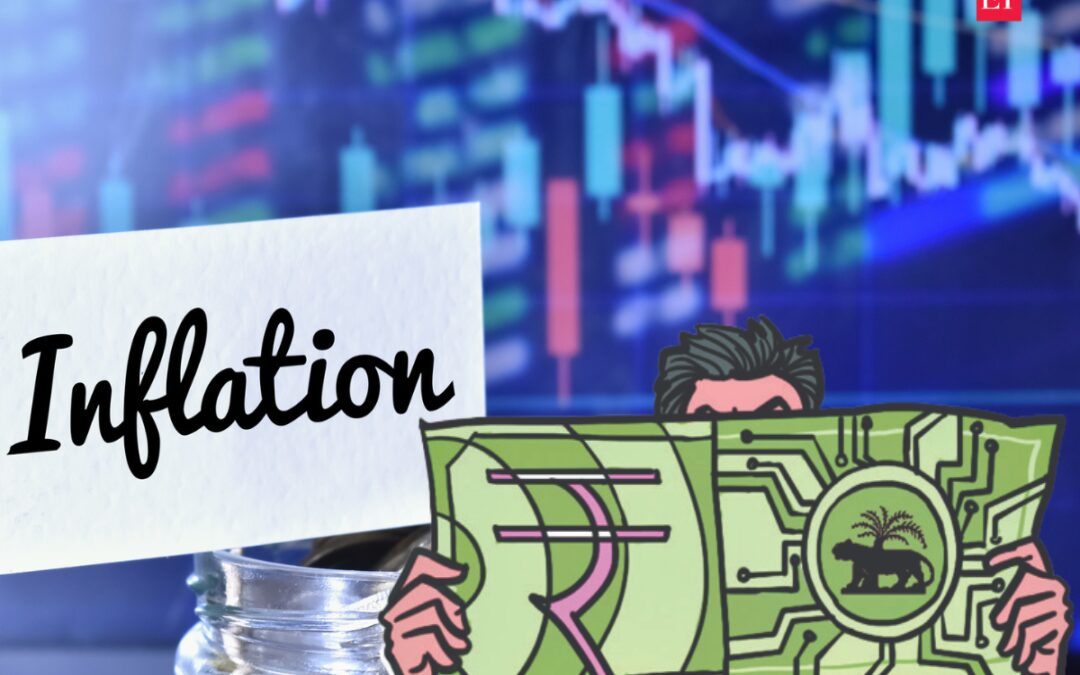Mumbai: Reserve Bank Governor Shaktikanta Das on Friday said the central bank will keep a close watch on vegetable prices that may be impacted by high temperature condition which has been predicted by IMD. Earlier this week, the Indian Meteorological Department (IMD) has predicted that many parts of the country are likely to witness heat waves during the summer season (April to June).
“So we have to watch what impact it has on food crops, and I have mentioned key vegetables. On wheat crop our information is that by and large the harvesting is over. In central part of India it’s fully over and even in other places also, by and large wheat harvest is over,” he said during the media interaction after the announcement of first bi-monthly monetary policy for 2024-25.
He said, wheat availability will not be affected as much as it did two years ago when there were heat wave conditions starting March.
“So in wheat there is not much worry, not so much concern. But vegetable prices will have to be watched. Any other impact that heat wave conditions may produce,” he said.
He noted that the last mile of disinflation is always challenging and sticky.
Speaking on the issue, RBI Deputy Governor M D Patra said food inflation has been highly volatile and is expected to remain high because of adverse climatic condition.
Reserve Bank, however, has retained retail inflation forecast at 4.5 per cent for the current fiscal.
“Assuming a normal monsoon, CPI inflation for 2024-25 is projected at 4.5 per cent,” the RBI governor said.
Although RBI retained the full year inflation projection, it tweaked the forecasts for the quarter.
RBI forecast April-June quarter inflation at 4.9 per cent and in September quarter at 3.8 per cent.
For December and March quarters, inflation is projected at 4.6 per cent and 4.7 per cent, respectively.
Replying to a question on deferring implementation of its directions on exchange traded currency derivatives (ETCD) linked to rupee by a month to May 3, he said, the decision has been taken in view of feedbacks received from stakeholders.
“With regard to what was the need for extension, I would say that we received feedback and requests from several market participants that they need more time. The earlier Master Direction was issued in January 2024 stating that it takes effect from April 5,” Das said.
Everything was crystal clear, he said, adding, “but because of the requests that we have received and because of the narrative which was being built up as if it’s something new, what we did is we reiterated the earlier position…because of the requests we received from market players, we extended the time for the implementation of January circular. Instead of April 5, we made it May 3.”
Deputy Governor Patra said the January 2024 circular was a master direction and it just reiterated what has been there since 2014.
“Some market participants have been misusing this to understand that a relaxation in the documentary evidence tantamount to no underlying, which is not the case and that is a violation of law,” Patra said.
Das further said that the RBI would release framework on FinTech Self-Regulatory Organization by this month-end.
During the interaction, another Deputy Governor T Rabi Sankar said there are 2.2 crore Central Bank Digital Currency (CBDC) transactions till now done by 46 lakh users and 4 lakh merchants.
In November 2022, the pilot of the wholesale CBDC, known as the Digital Rupee-Wholesale (e-W), was launched with the use case being limited to the settlement of secondary market transactions in government securities. In the following month, RBI rolled out a pilot in the retail version of the CBDC (e-R).











